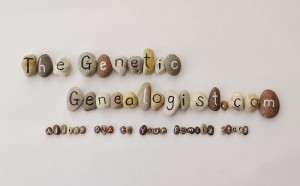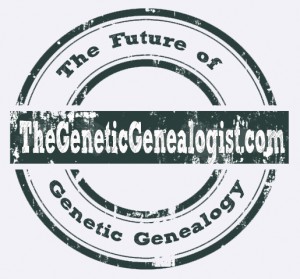EDIT (3/31/2015) – Beginning on April 1, 2015, I will no longer be able to accept submissions other than through the portal. My sincerest apologies, and I so greatly appreciate the files that have been submitted this way, but I have been inundated and won’t be able to take the extra time to process any non-portal submissions made after April 1, 2015. Thank you!
I need your help! I’m trying to gather data about the ranges of DNA shared by known relatives. How much DNA do you share with your sister? your brother? your second cousin? While it is possible to predict approximately how much DNA you share with a close relative, the actual numbers vary more than you might think.
If you’re interested in participating in this project, I’m looking for two numbers for the known relationship: (1) the total amount of shared DNA in cMs; and (2) the largest shared block in cMs. At Family Tree DNA, for example, you can find the numbers here:


